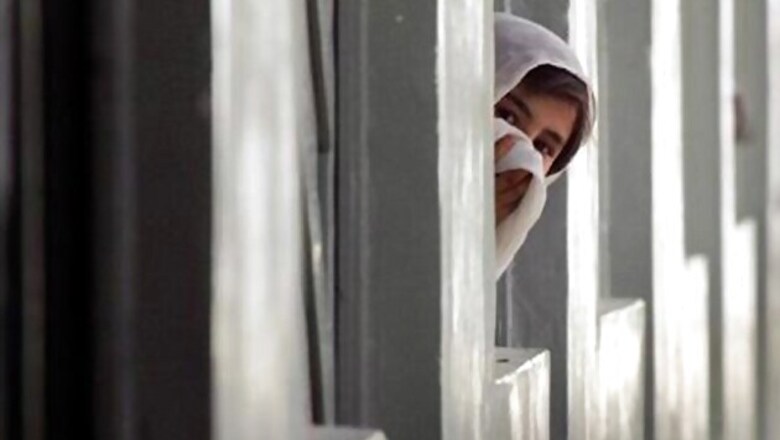
views
Thanks to Aamir Khan's show 'Satyamev Jayate', the spirited discussions and even outrage have not stopped since Sunday morning when the inaugural episode on female infanticide was first telecast. While Khan himself met Rajastan Chief Minister Ashok Gehlot to petition his government to act against the social menace, the Madhya Pradesh government on Wednesday terminated the license of 65 Medical Termination of Pregnancy centres in order to check the Sex Determination Test (SDT). This is only the beginning of the 'impact' stories.
Meanwhile, journalist and economist Rupa Subramanya, in an article published on the Wall Street Journal website, argued that contrary to popular beliefs about Islam being anti-women, the sex ratio among Muslims is better than any other religious group in the country. Subramanya writes: "An interesting twist to the sex selection saga is that India’s Muslims have close to normal sex ratios, not nearly as skewed as the population at large or upper-caste Hindus in particular. According to the most recent data that's been analyzed from the 2001 census, the sex ratio among Hindus, who account for almost four-fifths of the population, was 931. The comparable ratio for Muslims, who make up less than 15% of the population, was 936."
A difference of five girls per 1000 boys may not come across as the most convincing piece of data to prove Muslims treat their daughters well, but if we take into consideration other factors that constitute the census, we see a general pattern of the gender divide and discrimination being less prominent among India's Muslims than the other religious groups. "There’s persuasive statistical evidence that the difference of five girls in 1,000 boys isn’t a fluke or an anomaly. This is interpreted as evidence as Muslim culture or values work to lessen the impact of son preference compared to the majority Hindu community," says Subramanya in her piece.
The sex ratio in India, according to the Census of 2011, stands at 940 which is a marginal increase from 933 in 2001. Sex ratio is expressed as the number of women per thousand men in a given population at a given time. While the Census 2011 data has not been crunched yet to show the religion-wise break-up of the demographics, a look at the 2001 figures show that Muslims did better than other religious groups in terms of sex ratio.
The proportion of population in the age group 0-6 to total population offers a general picture of the relative fertility status among the religious groups. While the all-India figure was 15.9 per cent in 2001, five religious communities - Hindus, Christians, Sikhs, Buddhists and Jains - exhibited rates lower than the national average, the lowest being 10.6 per cent for the Jains. Hindus were at 15.6 per cent (925 girls per 1000 boys) while the Sikhs were at 786, the lowest among the major religious groups. On the other hand, Muslims had the highest proportion of 18.7 per cent (950) which was much higher than the national average at 927.
What is worse is that child sex ratio has declined further to an all-time low of 914 in the Census 2011 figures. The decline in child sex ratio is a major cause of worry among the planners, demographers and researchers. In fact, official data shows that the fall in child sex ratio has been unabated since 1961. With the current euphoria over undoing the historical and traditional wrongs of a gendered society, one only hopes that India's newest social movement - the abolition of female infanticide and boy preference - will positively alter the figures in favour of the girl child in future. Watch this space for more as the Census 2011 figures are further crunched.


















Comments
0 comment